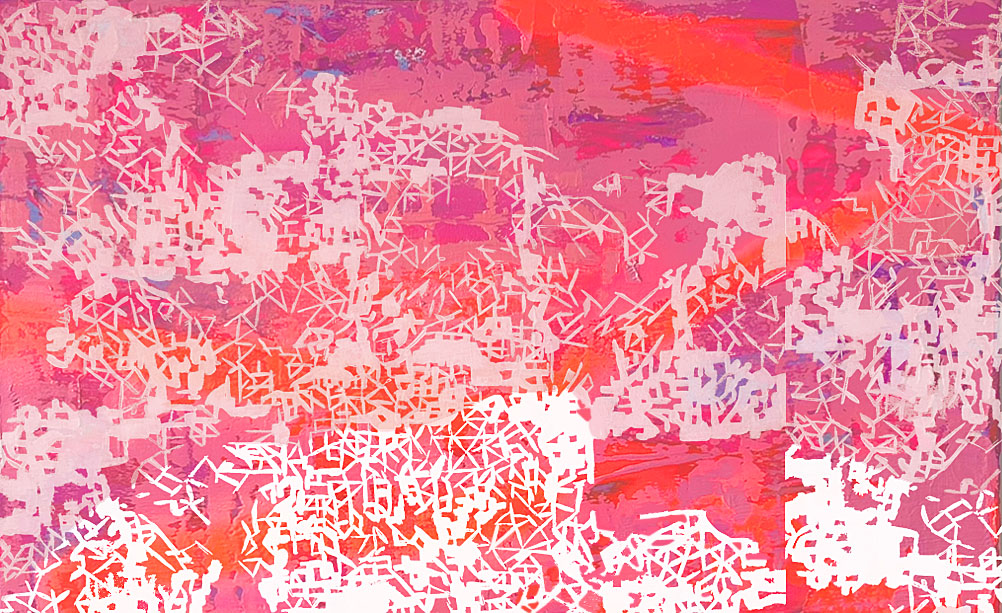The Bridgette Mayer Gallery is set to unveil one of its most compelling exhibitions: “MATERIALITY,” a group exhibition that investigates the physical essence of artistic expression. On view from Tuesday, November 4, 2025, through Saturday, February 21, 2026, “MATERIALITY” will bring together works from seven dynamic artists whose practices push beyond traditional painting into the realm of tactile and conceptual exploration. An opening reception will be held on Friday, November 14, from 5:00 to 7:30 PM at the gallery’s location on 709 Walnut Street in Philadelphia.
The word “materiality” denotes the quality of being made of matter, but it also signals importance and relevance—a duality this exhibition embraces. In “MATERIALITY,” artists use steel, mosaic, wood, fabric, aluminum, paper, and canvas to challenge and reimagine what art can be. The result is a powerful statement about how artists imbue physical materials with personal, cultural, and environmental narratives.
The Artists of MATERIALITY
The roster for “MATERIALITY” is as varied in medium as it is in voice. Neil Anderson (1933–2021), a longtime professor at Bucknell University, worked from his rural Pennsylvania studio, creating non-representational works in oil and watercolor that emerged through improvisation. He believed meaning arose from the accidental relationships between texture, form, and color during the painting process.
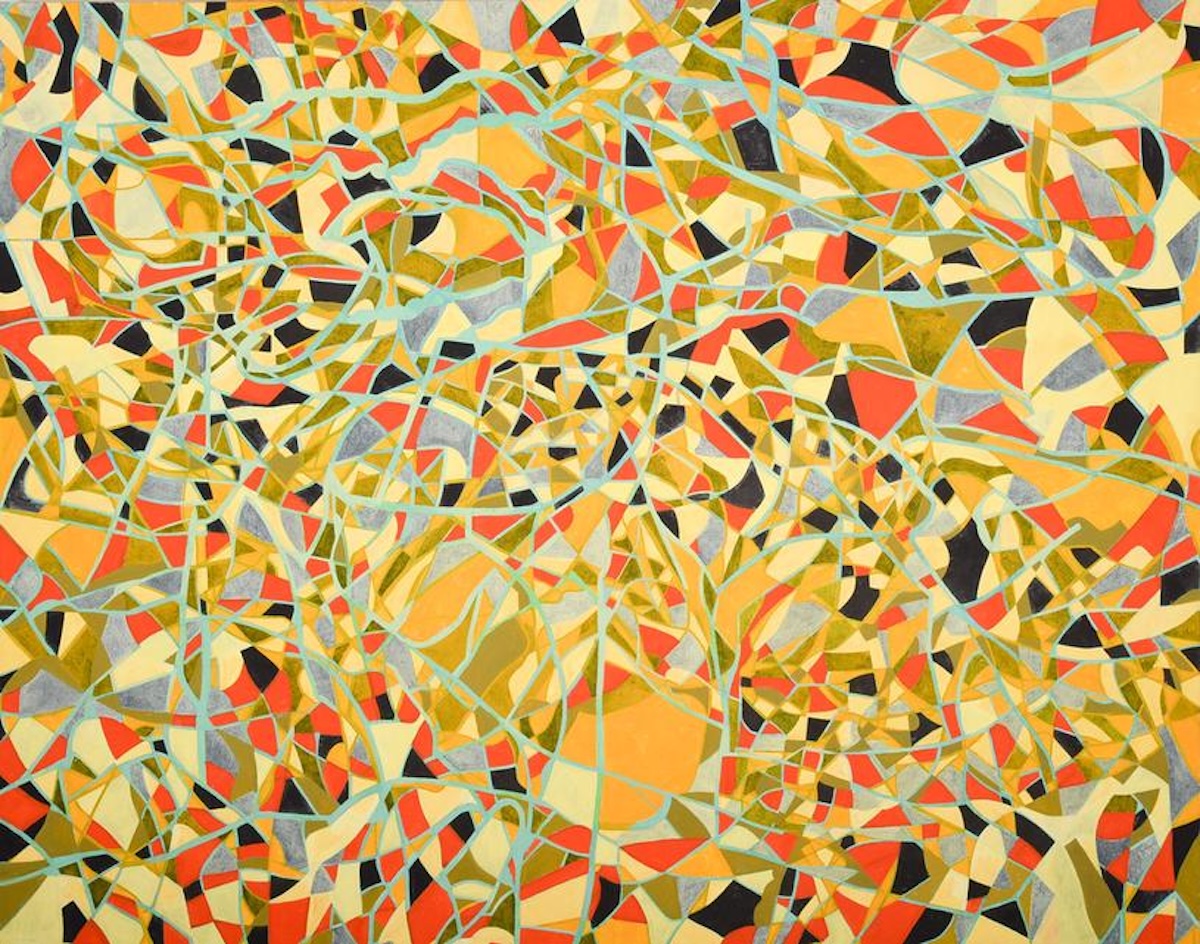
Ray Beldner, known for his deconstructive collage techniques, draws from art history, auction catalogs, and modern art magazines to reassemble visual fragments into sculptural compositions. His works challenge perception and celebrate contradiction. Beldner’s pieces are held in the collections of major institutions such as the National Portrait Gallery and the Fine Arts Museums of San Francisco. His past collaborations include Google, the Candler Hotel, and Bain Capital.
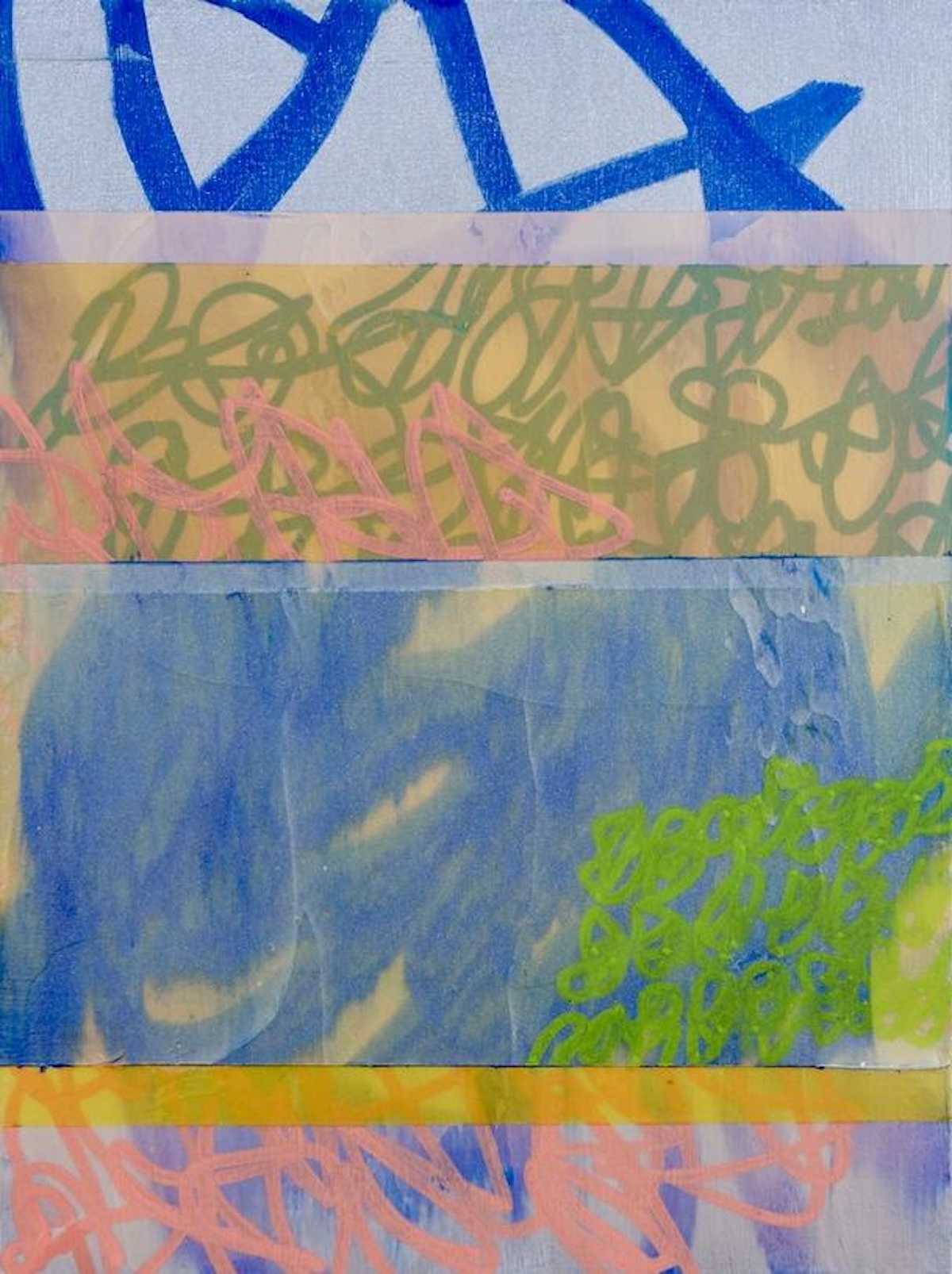
Philadelphia-based painter Tim McFarlane layers color, mark-making, and memory into vibrant abstractions that reflect the psychological residue of urban life. His work—seen in collections from the Pennsylvania Academy of the Fine Arts to Temple University—offers meditative commentary on time, graffiti, construction sites, and the remnants of human existence.
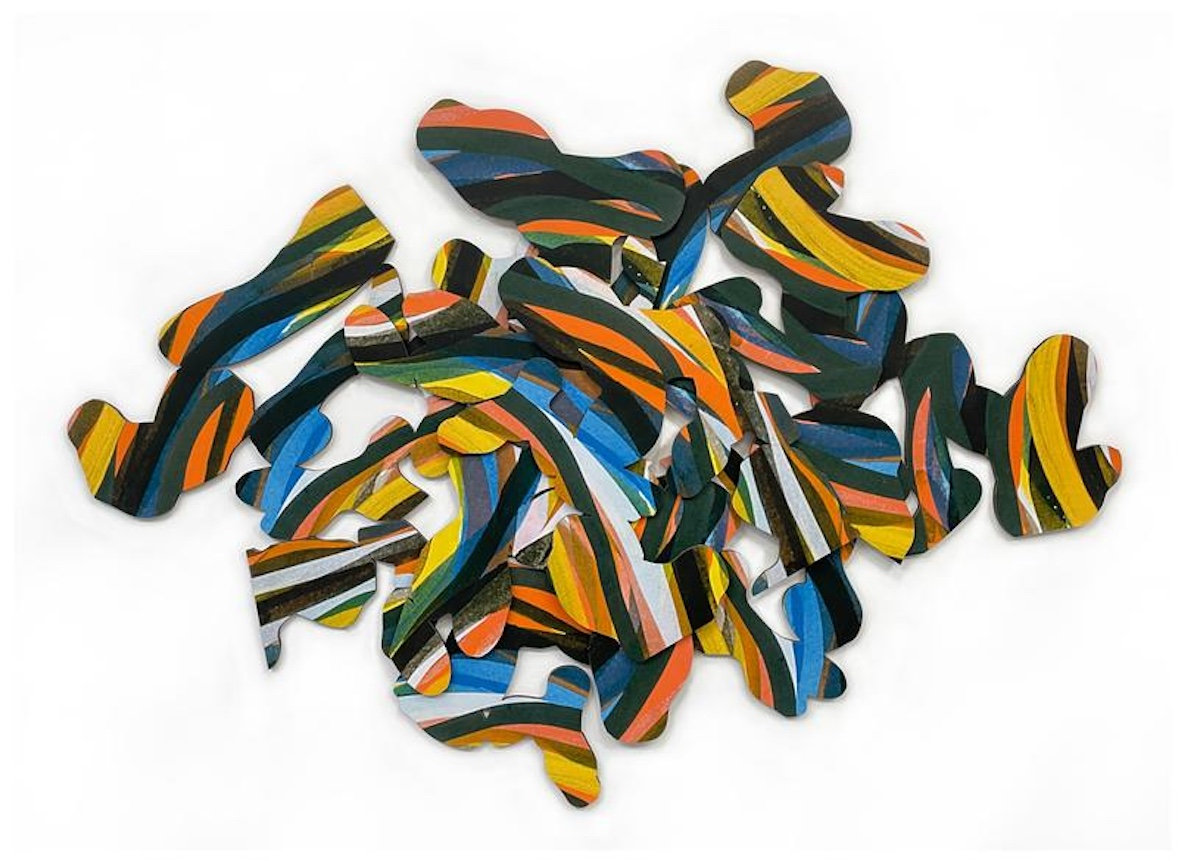
Sarah Helen More brings a tactile sensibility rooted in textiles, abstraction, and universal symbolism. Her pieces—infused with color and pattern—elevate traditionally “domestic” arts like quilting into compelling compositions. A former assistant to Takashi Murakami, she blends fine art, craft, and narrative into striking hard-edged geometries.
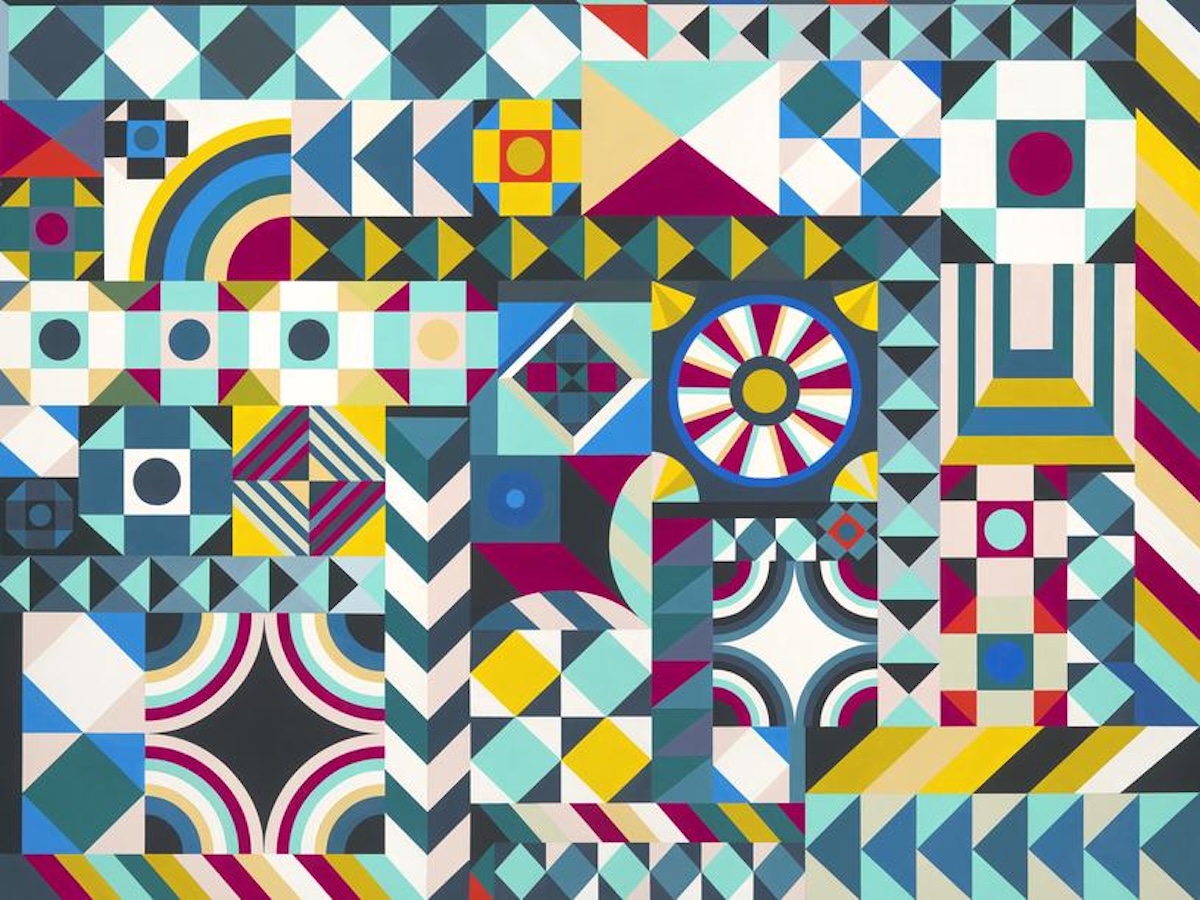
Rebecca Rutstein merges scientific exploration with creative practice. Her paintings and sculptures are informed by deep-sea expeditions, hydrothermal vents, and microbial networks, offering a visual language for Earth’s unseen systems. With work in over 50 public collections, Rutstein has collaborated with the National Science Foundation and spoken at institutions like MIT, Stanford, and the Barnes Foundation.
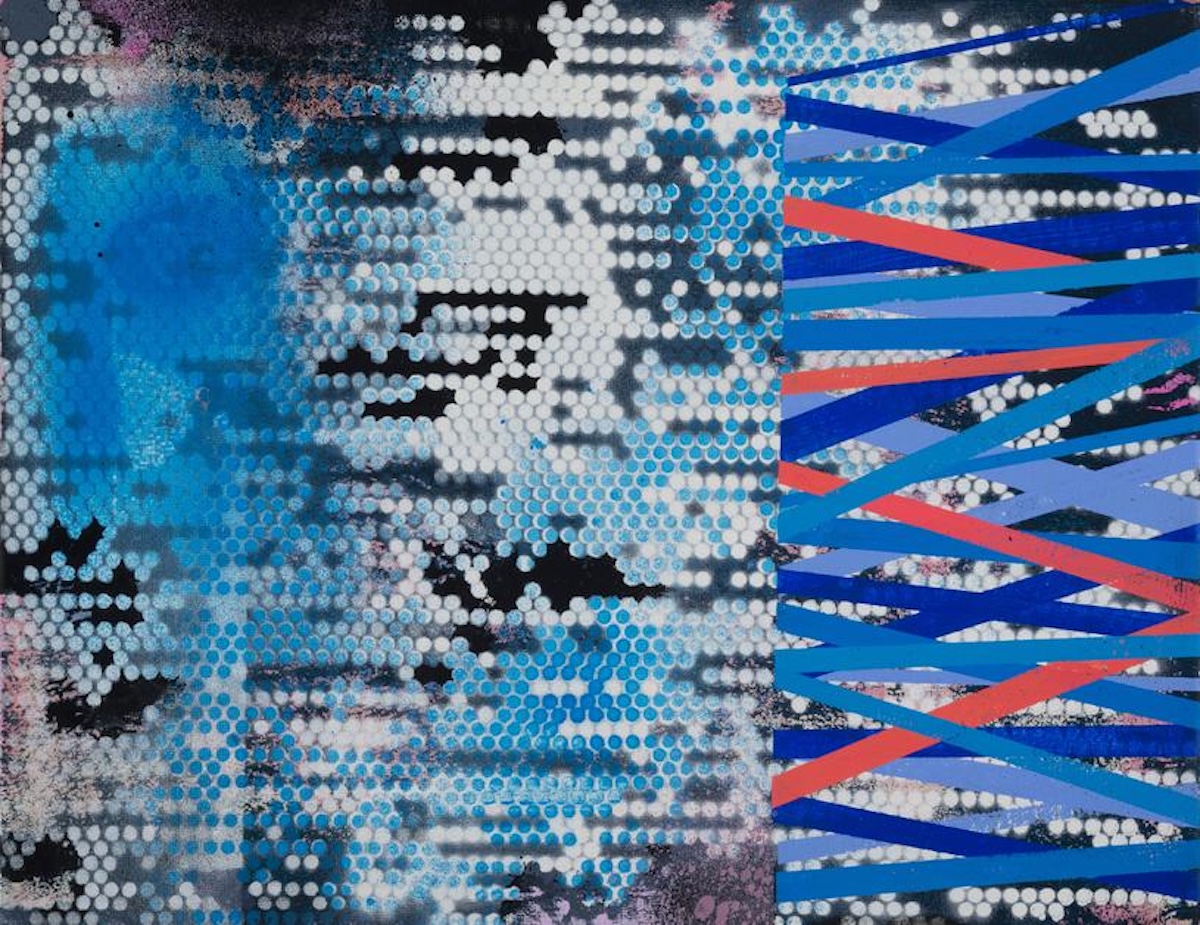
The late Dina Wind (1938–2014) created sculptures from discarded industrial materials, transforming urban waste into elegant, lyrical structures. Her “drawing in space” approach redefined sculpture’s relationship with the environment. Wind’s pieces are held in the permanent collections of the Philadelphia Museum of Art and the Tel Aviv Museum, among others.
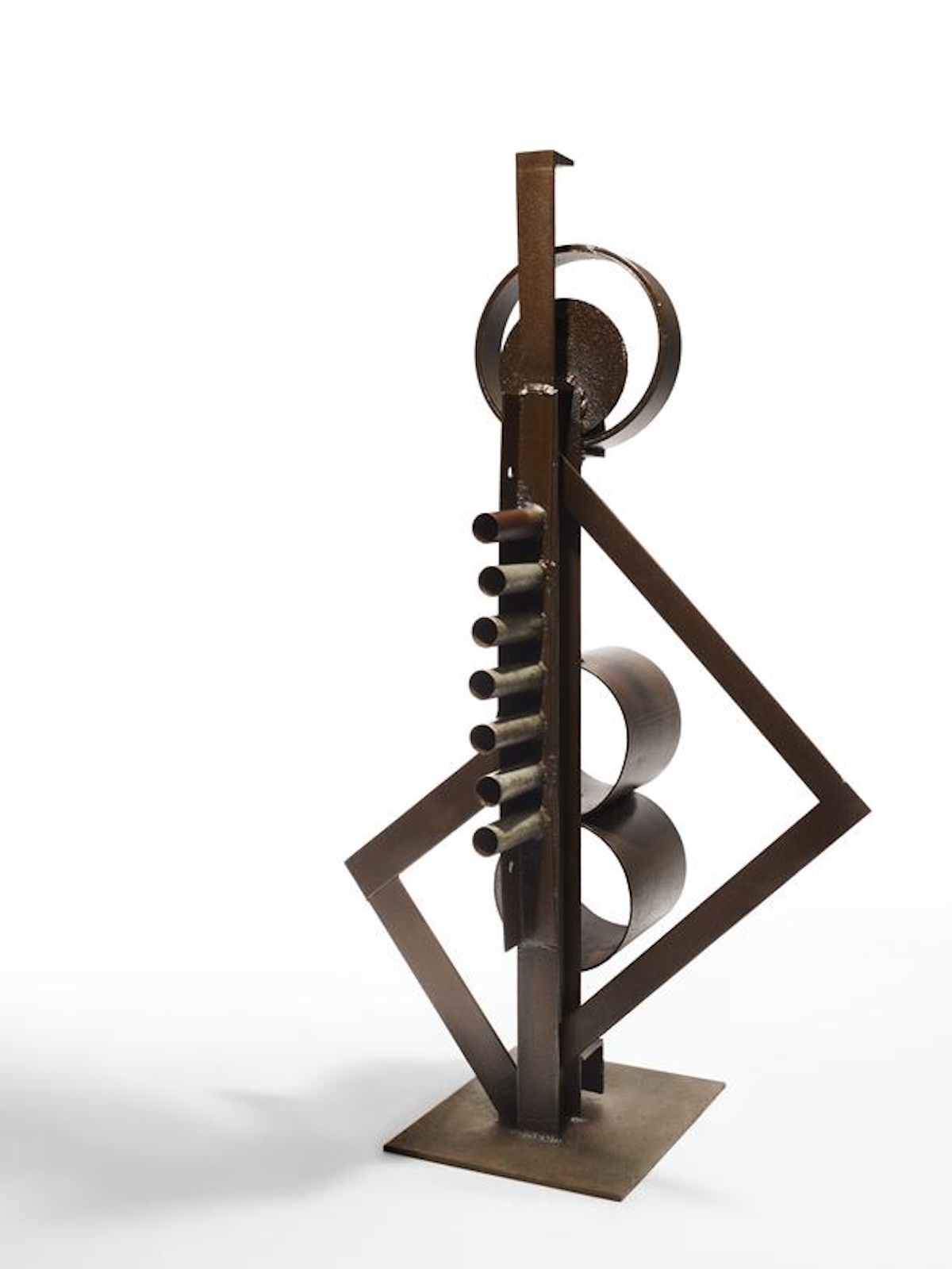
Finally, Jason Woodside brings a global energy to “MATERIALITY” with large-scale works that merge graphic pattern, color, and light. Now based in New Zealand, his murals and brand collaborations with Adidas, Google, and Urban Outfitters showcase how fine art can live boldly in the public realm.
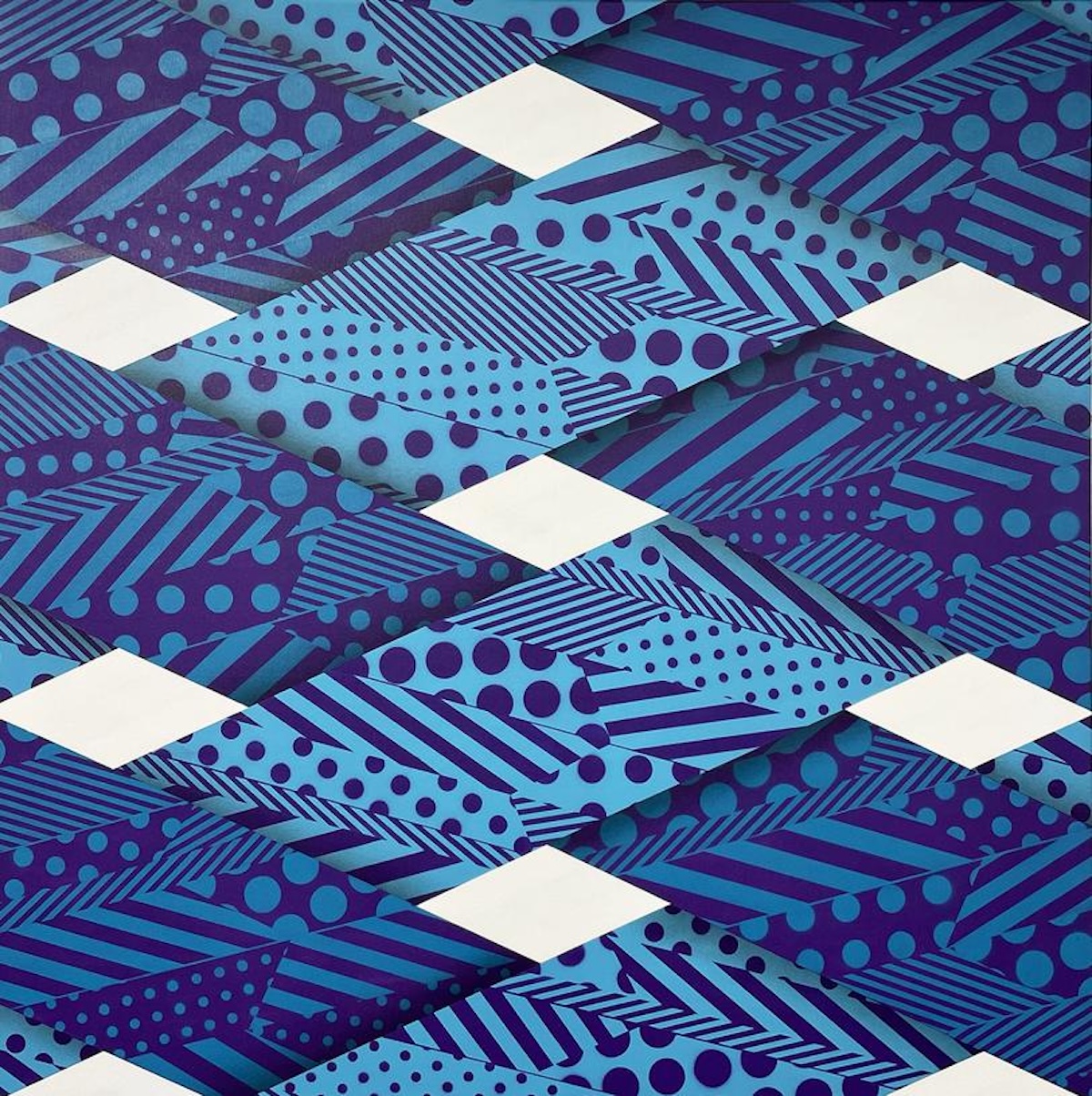
MATERIALITY in Practice and Purpose
“MATERIALITY” is a conversation between matter and meaning, function and form. From Woodside’s aerosol vibrancy to Wind’s welded steel, each artist utilizes their chosen medium as more than a tool—it becomes an extension of thought and experience.
This dialog extends beyond the visual into the philosophical. In McFarlane’s case, memory itself becomes material. For More, textiles evoke warmth, care, and inherited knowledge. Rutstein’s work demands we look deeper—into the Earth, the ocean, and ourselves—to understand how microscopic matter informs macroscopic life.
By assembling these diverse voices, “MATERIALITY” reflects the layered complexity of modern creativity. In a world increasingly digitized and detached, this exhibition reminds us of the power of the tangible, the textured, and the real.
Discover more from artsXhibit
Subscribe to get the latest posts sent to your email.

